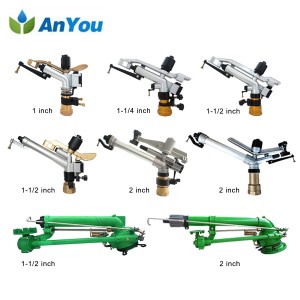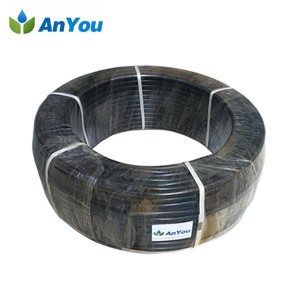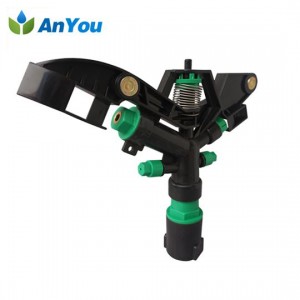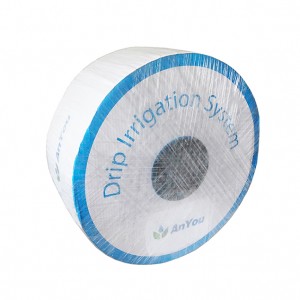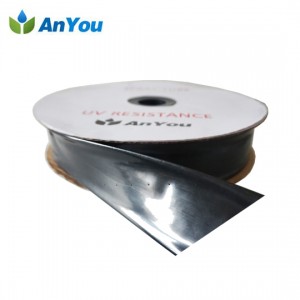The general office of the hebei provincial government recently issued the “ten measures for promoting water conservation in the whole society in hebei province”, setting out the water conservation goals in 2022.
The measures call for deepening supply-side structural reform in agriculture. By the end of 2022, we will step up trials of seasonal fallow and rain-fed crops for dry farming. We will develop water-saving irrigation, adding 2.58 million mu of water-saving irrigation to 1.4 million mu of land. We will promote water-saving planting technologies, further adjust and optimize the agricultural planting structure, and reduce the planting area of 5.06 million mu of high-consumption, low-quality and low-efficiency crops in non-dominant areas by the end of 2020.
We will strengthen water conservation and emission reduction in industry and force enterprises to save water and reduce consumption. By 2022, the water-use efficiency of steel, petrochemical, chemical, food, pharmaceutical and other water-consuming industries will reach the advanced level in China, and the water consumption per 10,000 yuan of added industrial value will be 30% lower than that of 2015.
We will intensify efforts to save water and reduce losses in cities and towns, and create more water-saving cities and towns. By 2020, the leakage rate of urban public water supply network will be reduced to less than 10%. We will intensify efforts to create water-saving cities and build county water-saving societies to meet the standards. By the end of 2020, all water-scarce cities in the province will meet the standards for water-saving cities. By the end of 2022, more than 70 percent of cities divided into districts will be state-level water-saving cities, and more than 50 percent of counties (cities and districts) will meet the county standards for building a water-saving society. We will comprehensively promote the reuse of reclaimed water in cities, and by the end of 2022, the utilization rate of reclaimed water will reach more than 32 percent.
Strengthen the rigid constraint of water resources and implement the requirement of water demand. An examination and approval system for groundwater exploitation shall be established that shall be submitted to the county level, examined at the municipal level and examined and approved at the provincial level. Where the total amount of water taken has reached or exceeded the amount available, the examination and approval of new water withdrawals for construction projects shall be suspended; Where the total amount of water taken is close to the amount of water used, the examination and approval of new water withdrawals shall be restricted. The use of groundwater shall be strictly controlled, the examination and approval items for water drawing license shall be specified, and the situation of refusal to approval shall be publicized to the public in a timely manner.
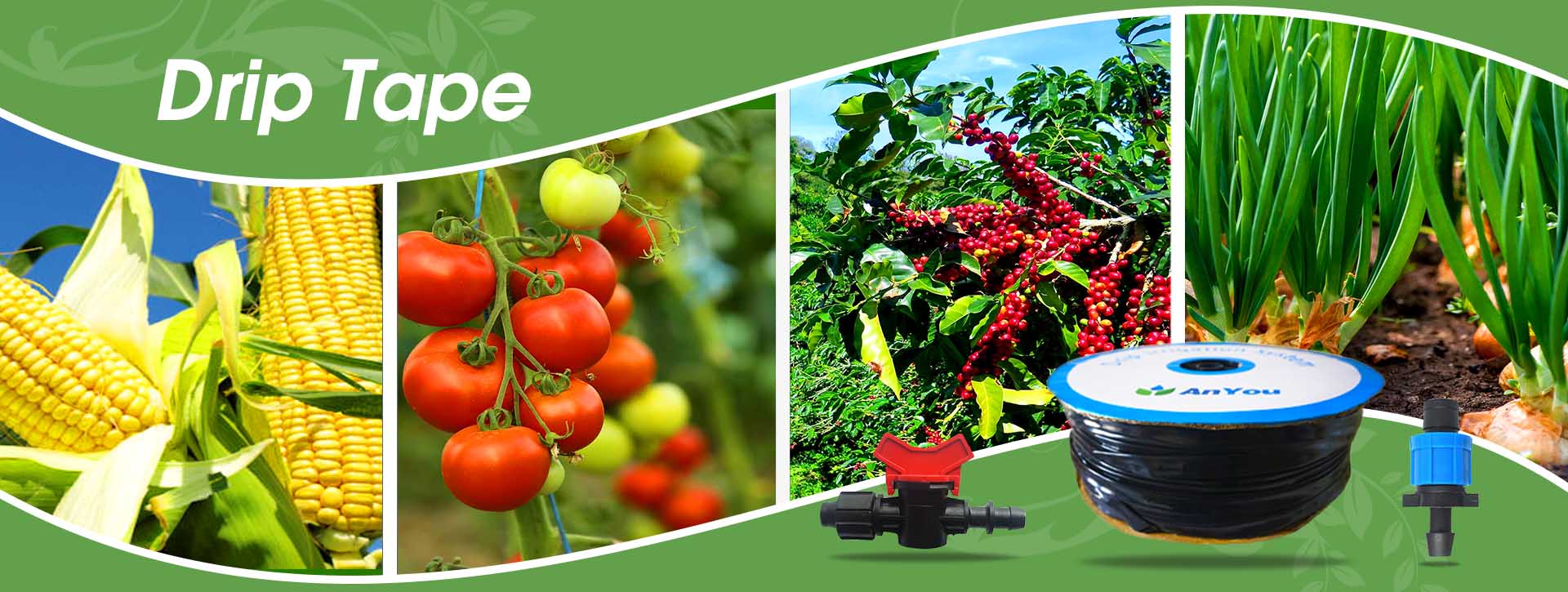
We will strengthen water use supervision and improve water use management. By the end of 2022, all key monitored water use units with an annual water withdrawal of more than 50,000 cubic meters within the coverage of the public pipe network will have basically achieved full monitoring coverage. Units that have not installed metering facilities shall be uniformly organized at the provincial level and shall be implemented at the municipal and county levels. The water use unit shall ensure the normal operation of the monitoring facilities, and the urban (town) public water supply department shall cooperate with the relevant work according to its responsibilities. In rural well-irrigated areas that do not have the installation conditions for the time being, the “electricity to water” measurement has been fully implemented, and the “electricity to water” coefficient has been encrypted, calculated and re-checked to improve the accuracy of agricultural water measurement.
Strengthen the typical demonstration, innovation water-saving development model. To summarize and popularize the advanced agricultural water price reform model of the province, comprehensively apply measures such as project supporting facilities, management innovation, price adjustment, financial awards and subsidies, etc., to solve the problems of insufficient farmland project management and protection and insufficient internal power of water-saving. In accordance with the principle of territorial management and the model of contracted water-saving management, each city will intensify the construction of water-saving colleges and universities. By 2022, 15% of provincial colleges and universities will be water-saving colleges and universities.
Post time: 16-04-2020


